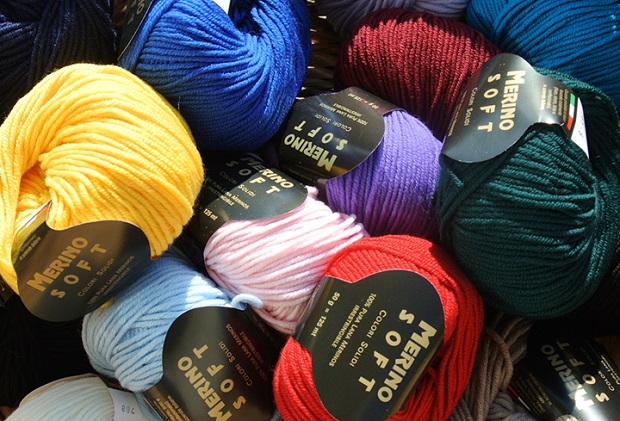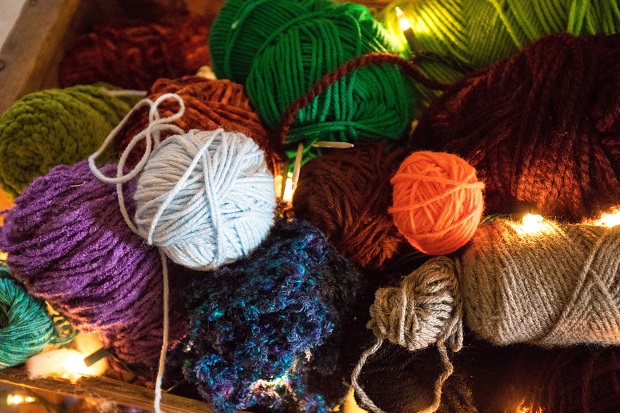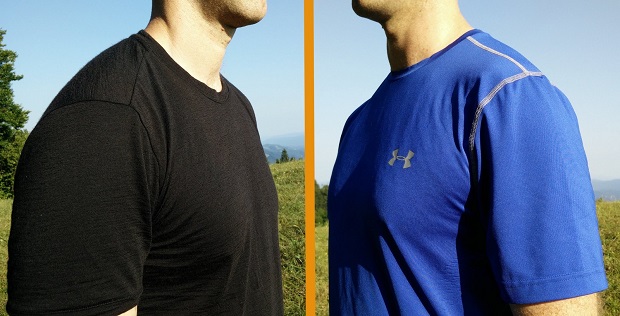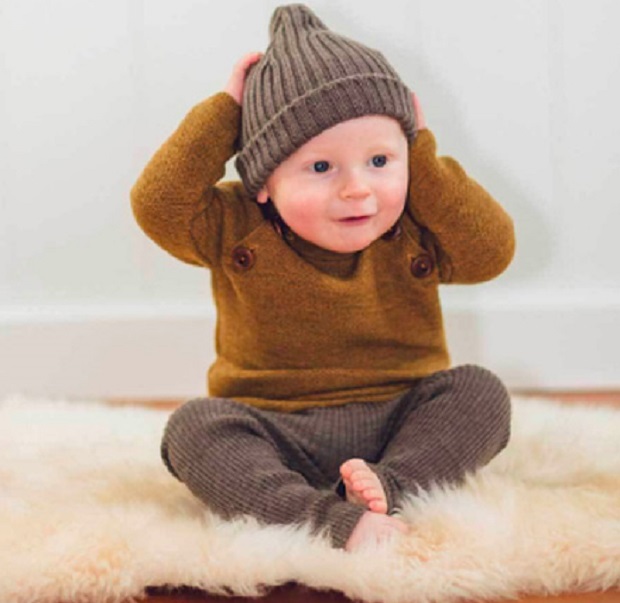Merino vs Synthetic Wool: The Importance of Choosing the Right Yarn
Merino wool is considered to be one of the highest quality. It’s a natural fibre derived from Merino sheep. The features that this natural fibre has are unmatched even today when compared to other natural and artificial fibres. And proudly, Australia is considered to be the best producer of fine Merino wool in the world.

Source: picuki.com
The Process of Making Merino Wool
The production process starts with shearing the sheep. Usually, shearing is being performed once a year between August and November because the soft merino wool grows back quite slow. The second step after shearing is sorting by quality. You have a sheep coat that’s super soft and of the highest quality but also one that’s a bit damaged and rough. The two need to be separated. After this step comes the washing/cleaning. For that, you need water and soap that is going to remove all the oiliness and dirt. The fibres can sometimes be tangled together, so in order to separate them, they need to be passed through metal teeth sort of like a comb.
Maybe one of the most important steps is the twisting and spinning of the fibres together which ultimately creates stronger and longer fibres that end up being soft merino wool yarn with a smooth texture. The yarn is later used for weaving, knitting and creating fabric and clothes. You can pick one made from 100% pure extra-fine merino fleece from Australia or New Zealand that’s suitable for a wide range of knitting and crochet projects.
The merino wool yarn is versatile and you can pick from the many gorgeous colours available. You can create outstanding blankets and accessories that feel pleasant on the skin and are machine-washable. It’s not uncommon to find blends too. For instance, a good one is the blend of 75% merino and 25% nylon. It is durable, easy to maintain and comes in many different shades.

Source: filloryyarn.com
Types of Merino Wool
There’s more than one breed of Merino sheep. Consequentially there’s more than one type of Merino fleece. You can find poll, fonhill, booroola, delaine and peppin Merino sheep. And usually, the main difference is in the thickness of the fibre – the micron (diameter). Based on that, you can come across three categories: fine, medium and broad fibres.
The fine fibres are used for the creation of high-quality yarns that world-renowned fashion houses use for the production of clothes. Medium fibres mainly come from crossbreed sheep but are equally good and used for clothes production. And lastly, broad fibres are a blend of multiple fibres from different sheep breeds that are considered to be of the lowest quality compared to the previous two. Broad fibres are used for the production of carpets because they’re strong.

Source: besthiking.net
The Difference Between Merino Wool and Synthetic Wool
Unlike natural fibres, synthetic ones are made from chemical compounds. They have a lower quality than natural ones but nevertheless, they’re widely used in the textile industry mostly because they’re quite durable and cheaper to produce.
Synthetic fibres are mostly used as a blend with natural fibres. They make for fabric that’s stain-resistant, waterproof and water-resistant. There are many types of synthetic fibres and the most commonly used are polyester, rayon, spandex, acrylic fibres and microfibers.
The difference between natural and synthetic fibres is in the quality like I mentioned before. Natural fibres and especially Merino is of the highest quality – incomparable with any other. Next, natural fibres tend to be softer and comfortable to wear on the skin while synthetic fibres – not so much, hence the blending.
Merino fibre makes for elastic, soft and hypoallergenic material that is suitable both for the making of summer and winter clothes. They are breathable and absorb moisture keeping you dry at all times while synthetic fibres don’t have those properties. Therefore, clothes made from synthetic materials are not the best option for summer or for people that are physically active.
Natural fibres are eco – friendly and biodegradable while synthetic fibres don’t fall under that category. In fact, the process that creates synthetic fibres is quite the polluter.
To conclude, if you’re facing a choice, pick natural over synthetic without a doubt. I mean yes, Merino is expensive. But for the price, you get an exquisite product that you can wear/use for years to come. With proper care, these products can look as good as new for a long time.

Souce: sproutsanfrancisco.com
Merino Wool Products
You can buy (and make) many different knitted accessories and clothes with yarn starting from scarves and hats to handmade cardigans. What could be better than a cardigan made from the yarn you picked yourself in your favourite pastel or strong colour? And don’t forget about the importance of scarves in winter.
Most of the Merino wools are resistant to pilling and don’t lose quality when washed so they’re perfect for creating baby clothes, child clothes and also garments for adults. But the list of products that can be made from this soft yarn is quite big and includes accessories, items and toys for kids and babies as well as homeware.
One thing you should keep in mind if you decide to create something on your own is the quantity of yarn you’re going to get. Be sure to get enough of it to complete your project and if you want to create something colourful you can use two different colours of yarns at the same time. Knitting is actually quite interesting and with a bit of imagination, you can create amazing textures and stitches.
On another hand, many stores specialise in selling top-notch sustainable Merino clothes like T-shirts, leggings, joggers, hoodies, pullovers, short pants, jackets, trench coats etc. They come at a reasonable price and are the best thing that money can buy.



